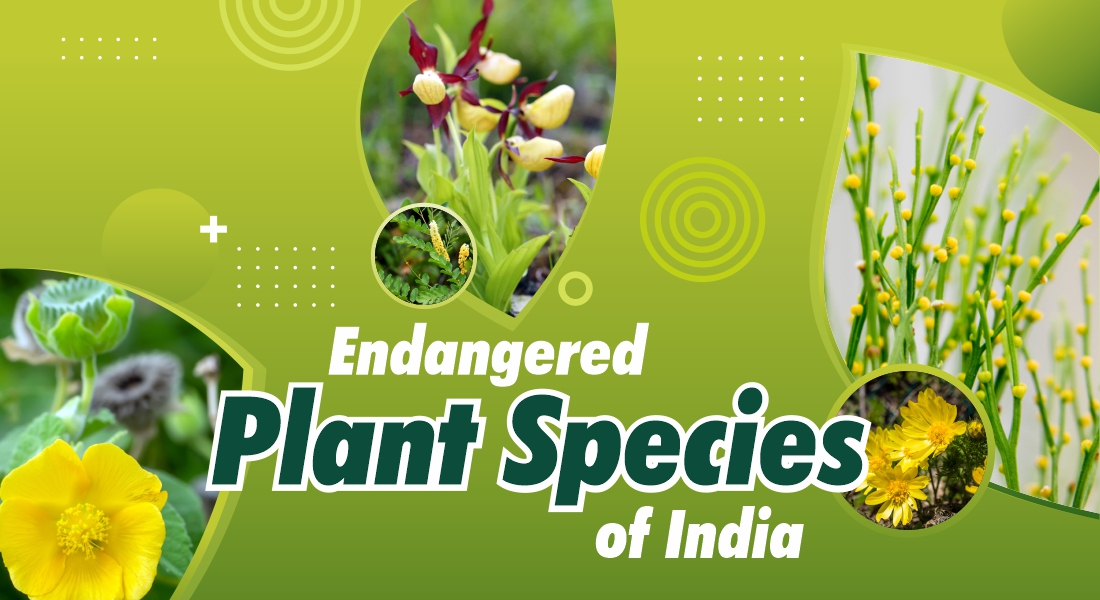
Endangered Plant Species of India
India is known for its rich biodiversity, with a vast array of flora and fauna that are unique to the country. Unfortunately, many of these species are now endangered or threatened due to various human activities such as deforestation, industrialisation, and climate change. Here, we take a look at some of the endangered and threatened plant species in the country.
Whisk Fern (Psilotum Nudum): This unique plant is rootless and leafless. It is also known as skeleton, moa and fork fern. The scientific name implies that this plant lacks many of the parts or organs that other plants typically have, such as flowers, roots, and leaves.The large number of pores produced by this plant are collected to make powder. These plants, which were once common in Karnataka, are now rare.
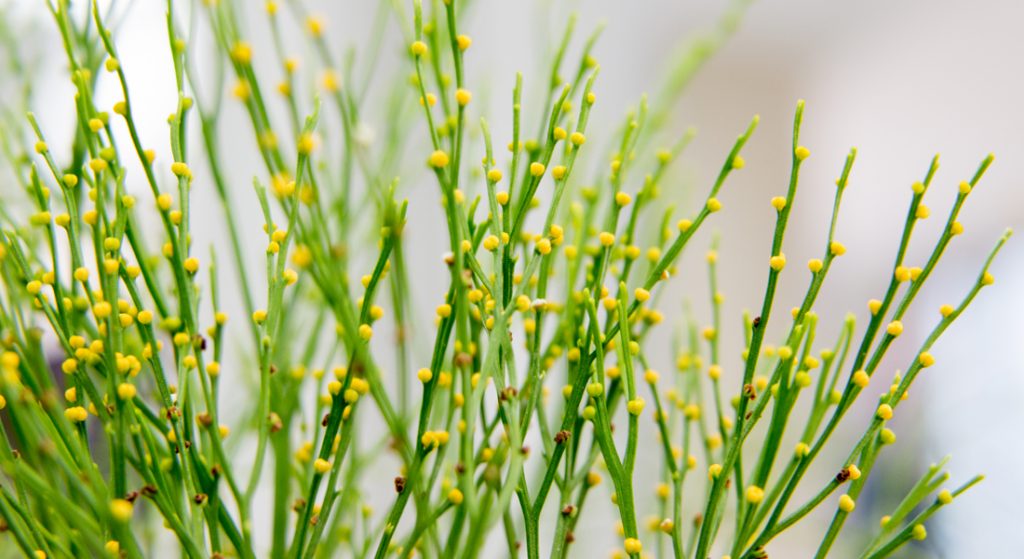
Indian Ghost Tree (Sterculia Urens): It is a beautiful tree, also known as the Kadamba tree, found only in the Indian subcontinent. It is known for its unique white flowers, which are said to be the abode of ghosts. The tree is on the list of threatened species because of habitat loss, deforestation, and overexploitation for timber and firewood.
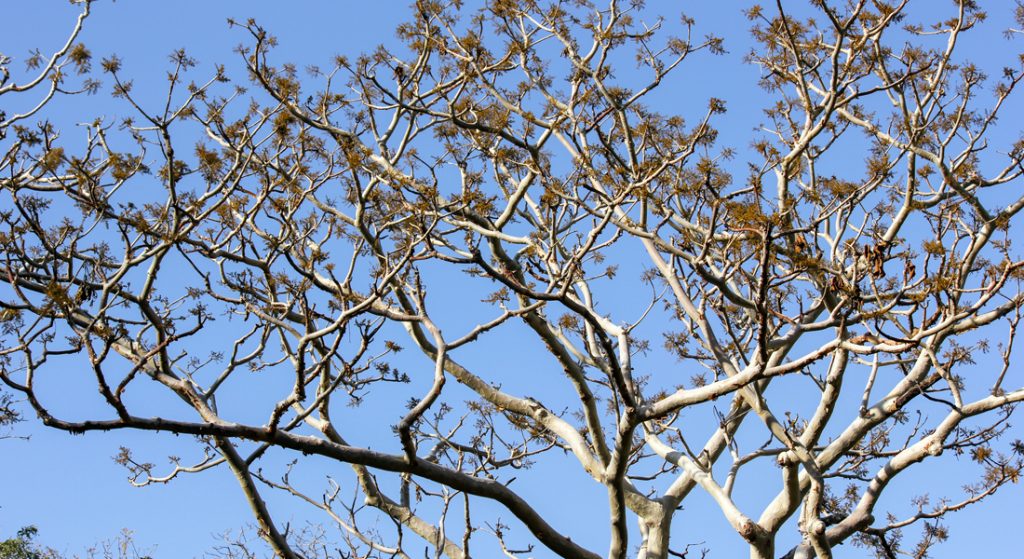
Ebony Tree (Diospyros Celibica): This tree is high on the list of threatened species and is believed to be extinct in India. It was found in Karnataka and was regarded as the best tree for top-quality woodwork. Not a single tree of this species has been seen in the last three decades and is believed to be extinct.

Himalayan Yew (Taxus Wallichiana): It is a slow-growing evergreen tree found only in the Himalayan region of the country. It is known for its medicinal properties and is used to make Paclitaxel, a cancer drug. Habitat loss and overexploitation for medicinal purposes are the reasons for this tree species to be on the endangered list.
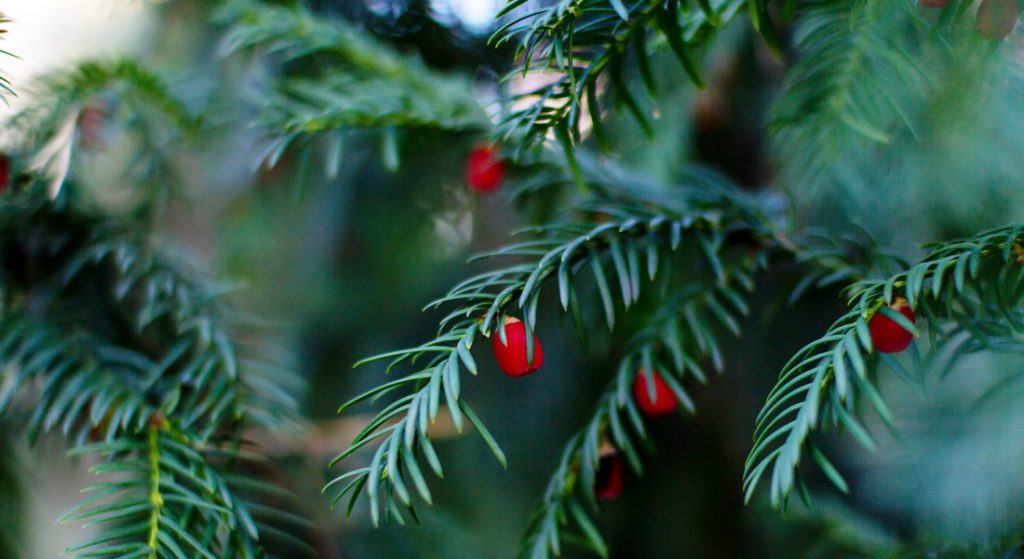
Red Sandalwood (Pterocarpus Santalinus): Also known as Red Sanders, it is a tree species exclusively found in the southern part of the country. The tree is valued for its beautiful redwood, which is used to make furniture and decorative items. It is on the threatened species list because of illegal logging and overexploitation.
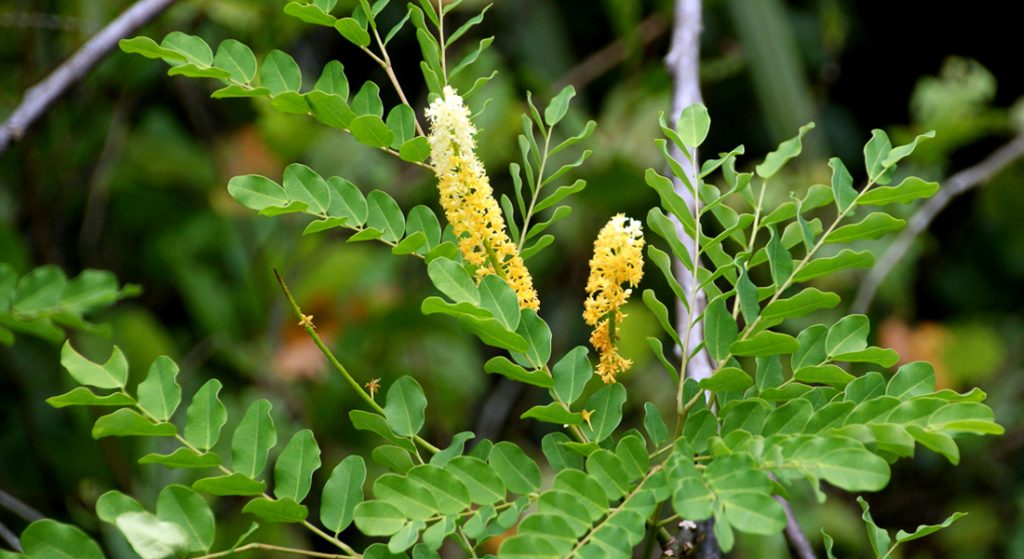
Indian Mallow (Abutilon Indicum): Found in tropical and subtropical areas, this plant is a small shrub. The roots, bark, flowers, seeds, and leaves are used for medicinal purposes, mainly in Siddha medicine. Even the flowers are dark yellow in colour. This species, which was once common only in Tamil Nadu, is now uncommon.
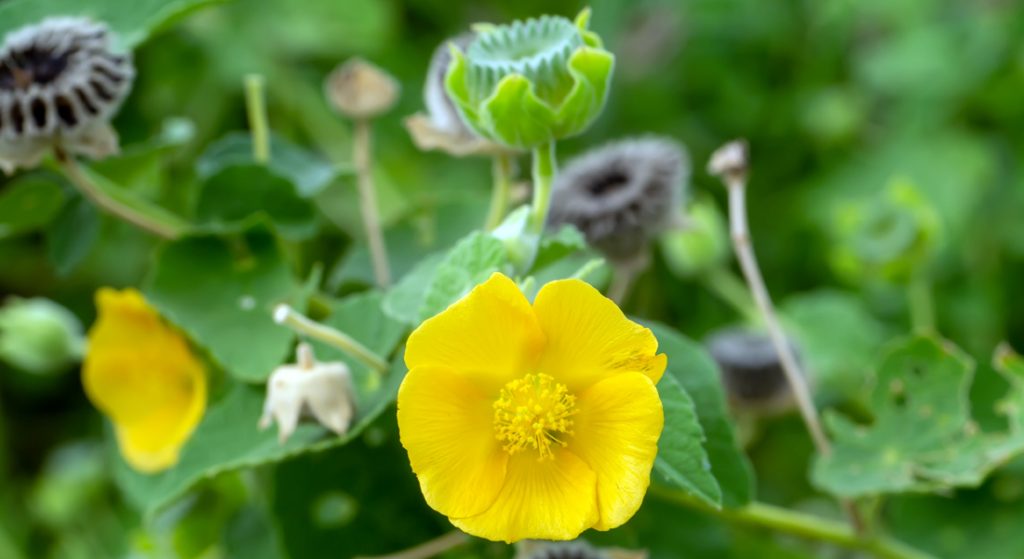
Lady’s Slipper Orchid (Cypripedium Cordigerum): It is a beautiful orchid species found only in the Himalayan ranges of the country. The flower is in great demand for decorative and ornamental purposes. It is endangered due to habitat loss, overexploitation, and illegal trade.
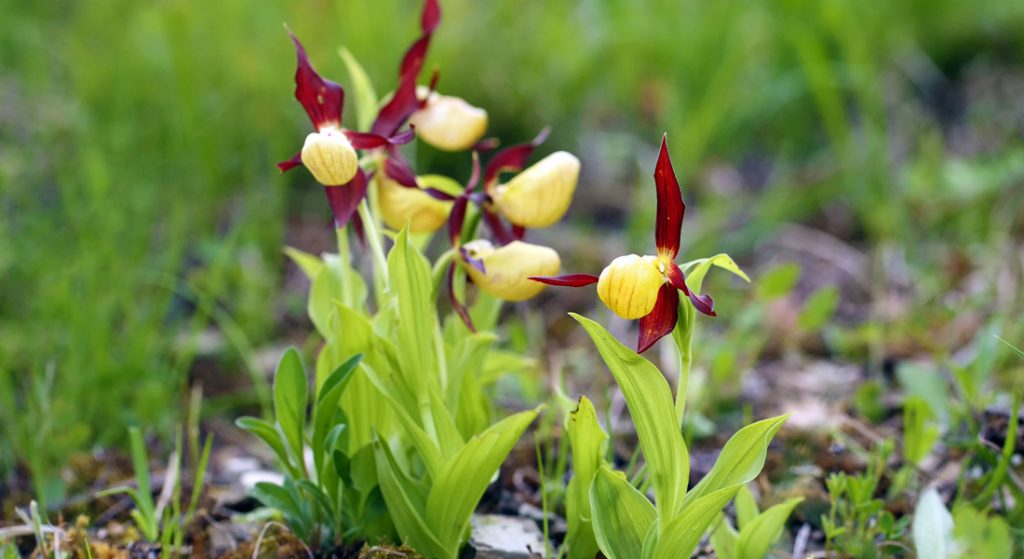
Yellow Colchicum (Colchicum Luteum): In India, this plant is found mainly in Himachal Pradesh, and it has unfortunately made its way onto the list of rare and threatened plant species. It is found at an elevation ranging from 2000 to 9000 feet and is used as a medicinal herb to cure pain and heal open wounds.

Pitcher Plant (Nepenthes Khasiana): This rare plant is found mostly in the Khasi Hills range of Meghalaya. It is a unique carnivorous plant known for its distinctive pitcher-shaped leaves designed to trap prey, mostly insects and small frogs. The spread of invasive species and habitat loss are the reasons for this species’ being recognised as an endangered one.



